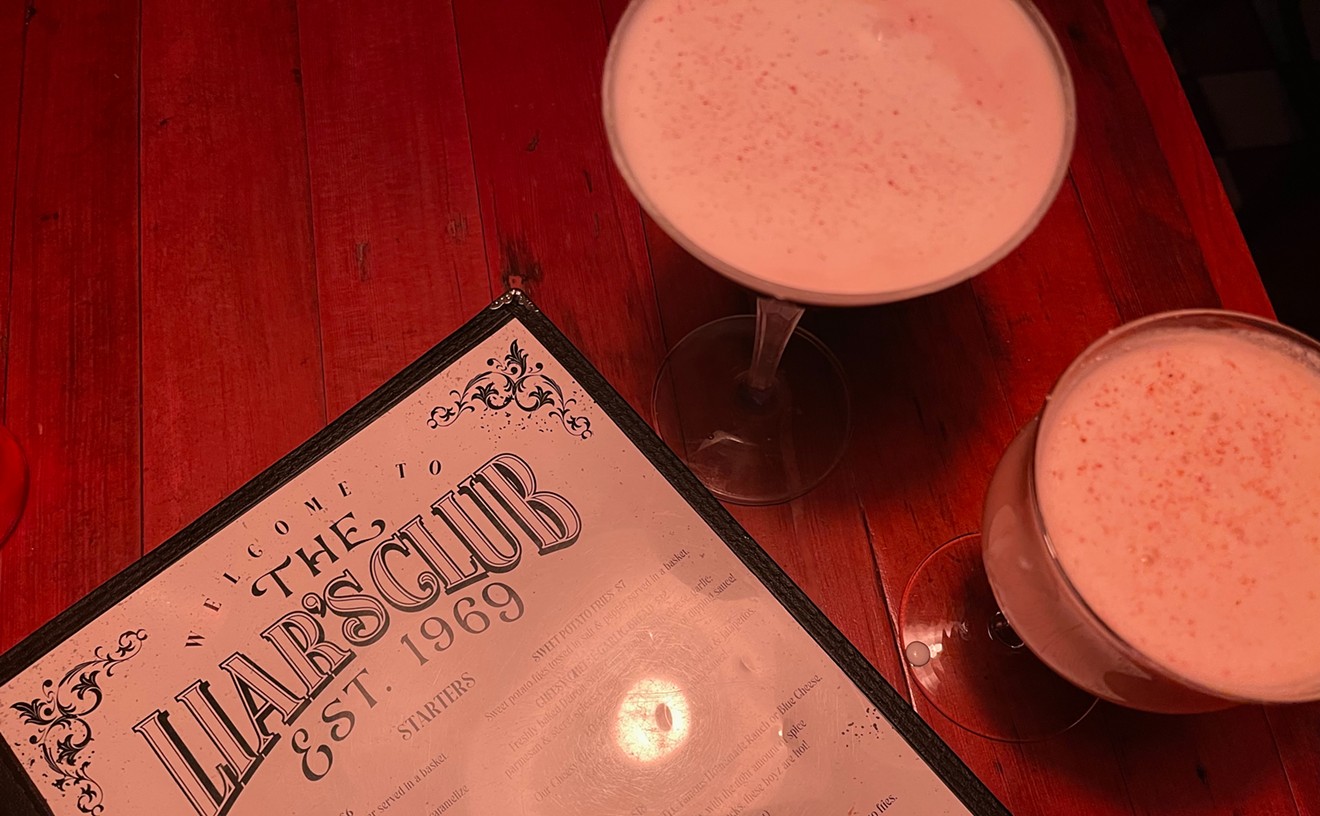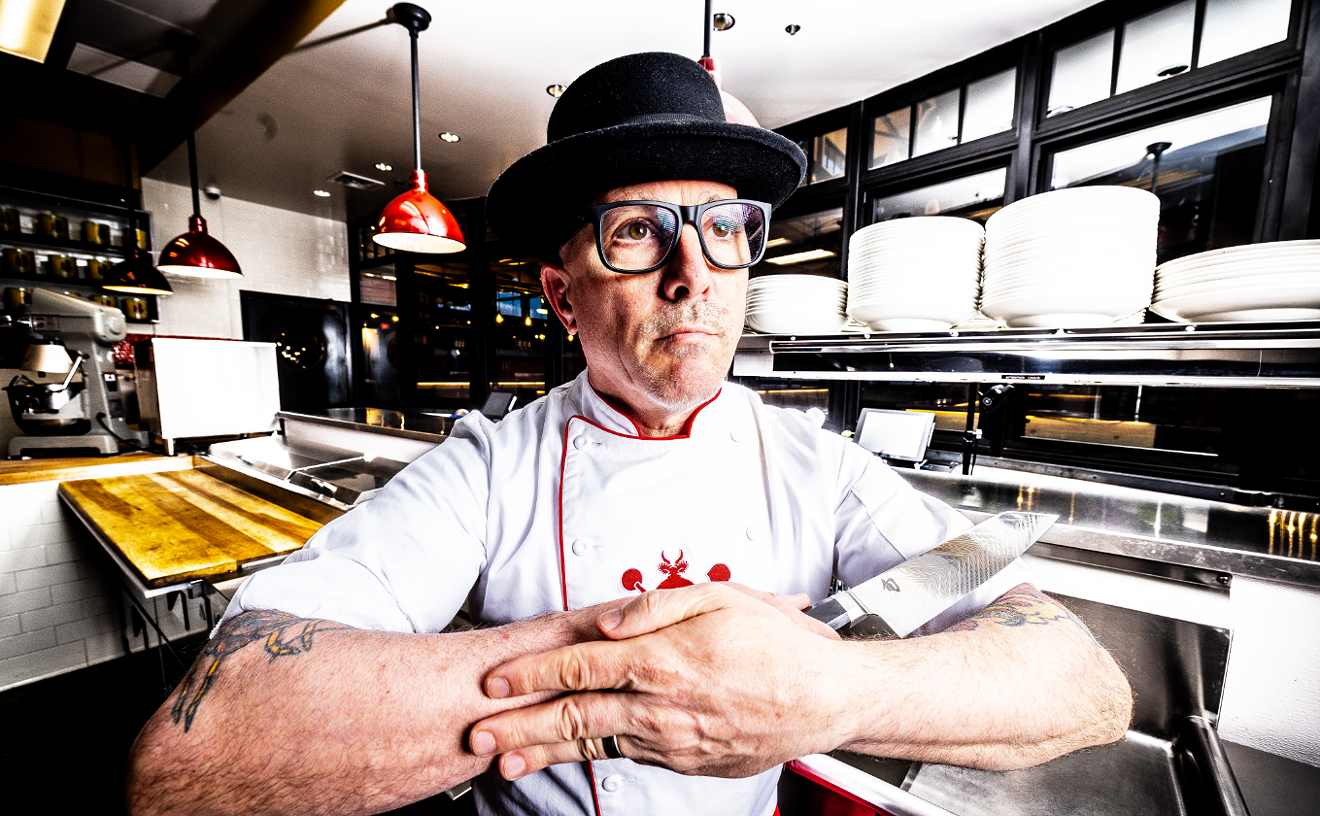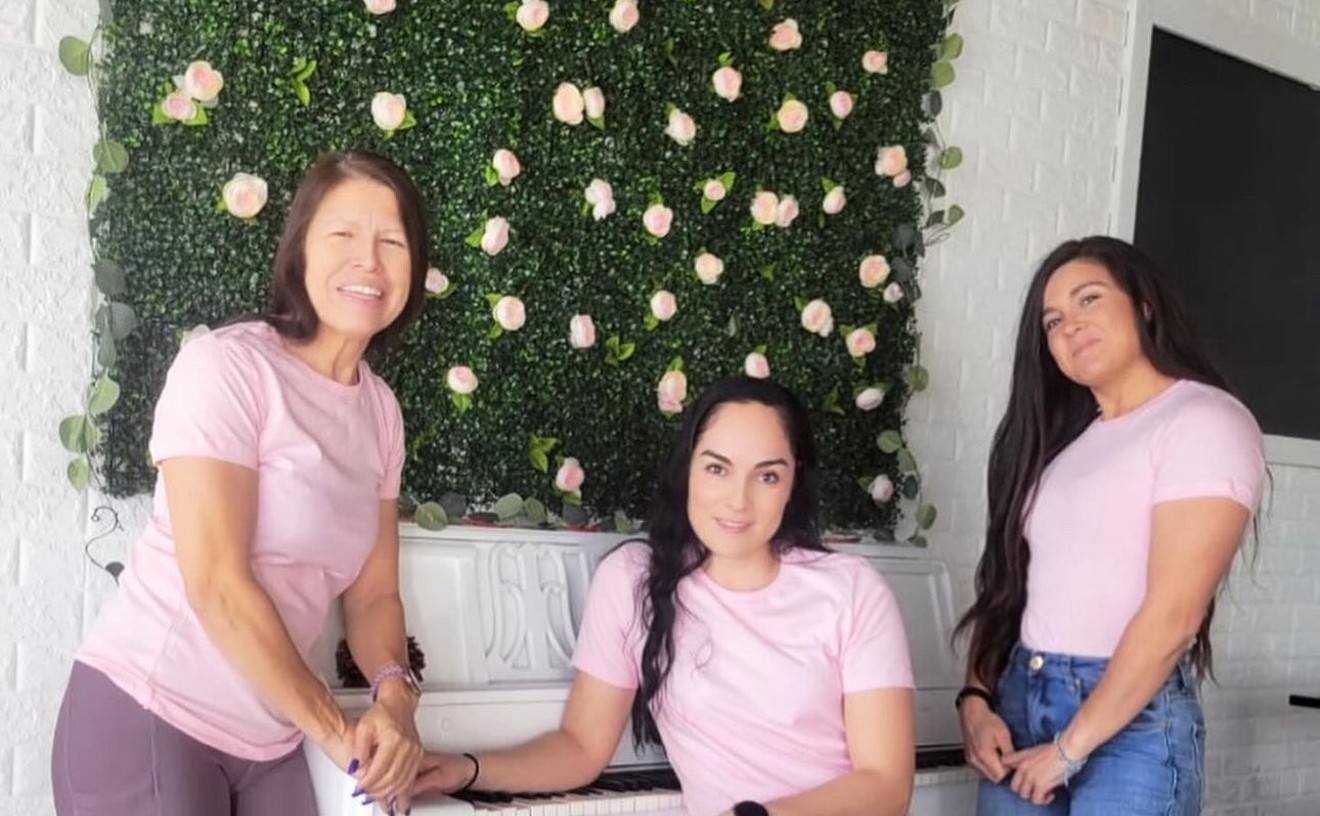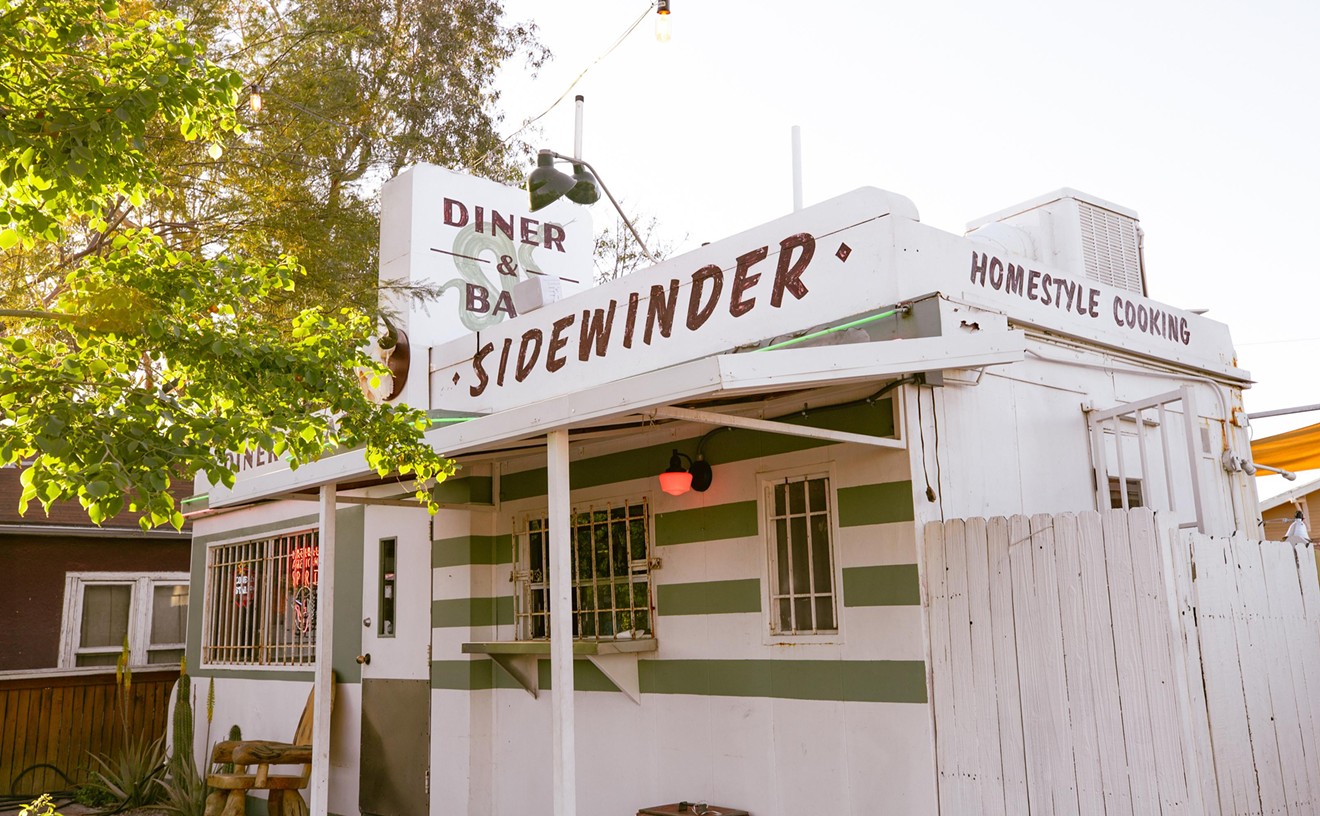If you haven't been building your bitters collection, it's time to start. Bill and Lill Buitenhuys, the couple behind AZ Bitters Lab, explain that chefs have spice racks and bartenders equip themselves with an arsenal of bitters, which act as the seasoning element to finish and round out any cocktail flavor. If you're looking to up the ante for your cocktail recipe relatively inexpensively, bitters are the way to go. From there, it's just a matter of what kind you choose, and they told us everything you need to know about where bitters came from and what kinds are available.
See Also: How to Make Bitters Designs on Cocktail Foam with The Parlor's Michael Allmandinger
You probably won't meet two nicer people in the cocktail world than Bill and Lill, and that's saying a lot because most of Phoenix's bar scene is full of passionate, hard-working, and knowledgeable folks who are happy to teach. Whether that's because the occasional night cap helps keep them all relaxed, we're not sure, but the couples' Instagram feed sure doesn't prove us wrong.
Call it research (because it is), Bill and Lill are constantly mixing cocktails at home in the South Valley to ensure the quality and consistency of their bitters creations. With three varieties out on the market right now, including sweet, spiced Figgy Pudding bitters, bright and citusy Orange Sunshine bitters, and chocolatey Mas Mole bitters, the pair are adding some unique flavor to the bitters scene in Phoenix.
Bill explains that there are two types of bitters: potable and non-potable. Potable bitters include aperitifs and digestifs like Campari, Fernet Branca, and even Jaegermeister. However, the couple currently specializes the non-potable kind (a.k.a. the kind you don't really want to drink straight), which can be broken down further into aromatic, flavored, and orange varieties.
Classics like Peychaud's and Angostura are considered aromatic and were part of the first wave of bitters production back in the 1800s, though bitters have been around in one form or another since ancient Egypt. In the 1800s, hundreds of different bitters producers were out on the market, combining herbs and alcohol to make medicinal tinctures. Since the bitters tasted, well, bitter, people began mixing bitters with their favorite spirit, some sugar, and water -- thus making the first cocktails.
Although there were hundreds of bitters varieties for every ailment, once Prohibition hit, just four bitters brands were left standing: Peychaud's, Angostura, Abbott's, and Fee Brothers. While attempts to replicate pre-Prohibition bitters recipes have been made, even the bitters that survived Prohibition aren't exactly what they were before.
However, it isn't all about the aromatic bitters. Orange bitters, like AZ Bitters Lab's Orange Sunshine, utilize bitter Seville orange rind, along with typical Indian trade route spices like cardamom, to create one of the first "signature flavors" found in bitters, as Bill puts it. The flavor was meant to mimic the use of fresh orange in cocktails when citrus was hard to come by.
The third variety, flavored, is more of a catch all-term for products like Fee Brothers celery, cherry, Aztec chocolate, and black walnut bitters. This is where Bill says the bitters steps out of just being the salt and pepper back bone of a cocktail and begins to add more specific flavor components.
While Bill and Lill excel in making boutique flavored bitters, combining their own blend of bitter herbs with high-proof grain alcohol and letting the mixture infuse for a month at least, they say the hardest part of making bitters is getting the recipe consistent. Careful measuring only gets you so far, and even big shots in the bitters world like Dale Degroff have had issues keeping bitters consistent from batch to batch.
After the bitters sits for a month, the couple then filters the concoction to make sure it is smooth and particle free. At this point the two work after their day jobs to produce about 400 bottles of bitters every month that sell everywhere from the Valley to Australia. Although it began as a hobby, which you can see the very early stages of on the company's Facebook feed, AZ Bitter Lab bitters can be found on craft cocktail menus all around town at places like Crudo and Last Drop Bar at the Hermosa Inn.
Though not all of their inventions have been successful, including an admittedly gross attempt at bacon bitters and a Provencal herb concoction that turned black in the process, the husband and wife team are constantly trying new things. Soon they'll be releasing a coffee bitters for Sip Coffee in Scottsdale that tastes a lot like a coffee porter -- we can tell you firsthand that it's delicious. You can buy AZ Bitters Lab bitters online or in BevMo locations Valley wide.
Next week, we meet with Travis Nass of Last Drop Bar to teach you how to incorporate bitters in your cocktails.
This post has been edited from its original version.











